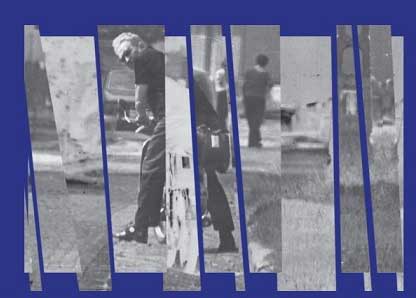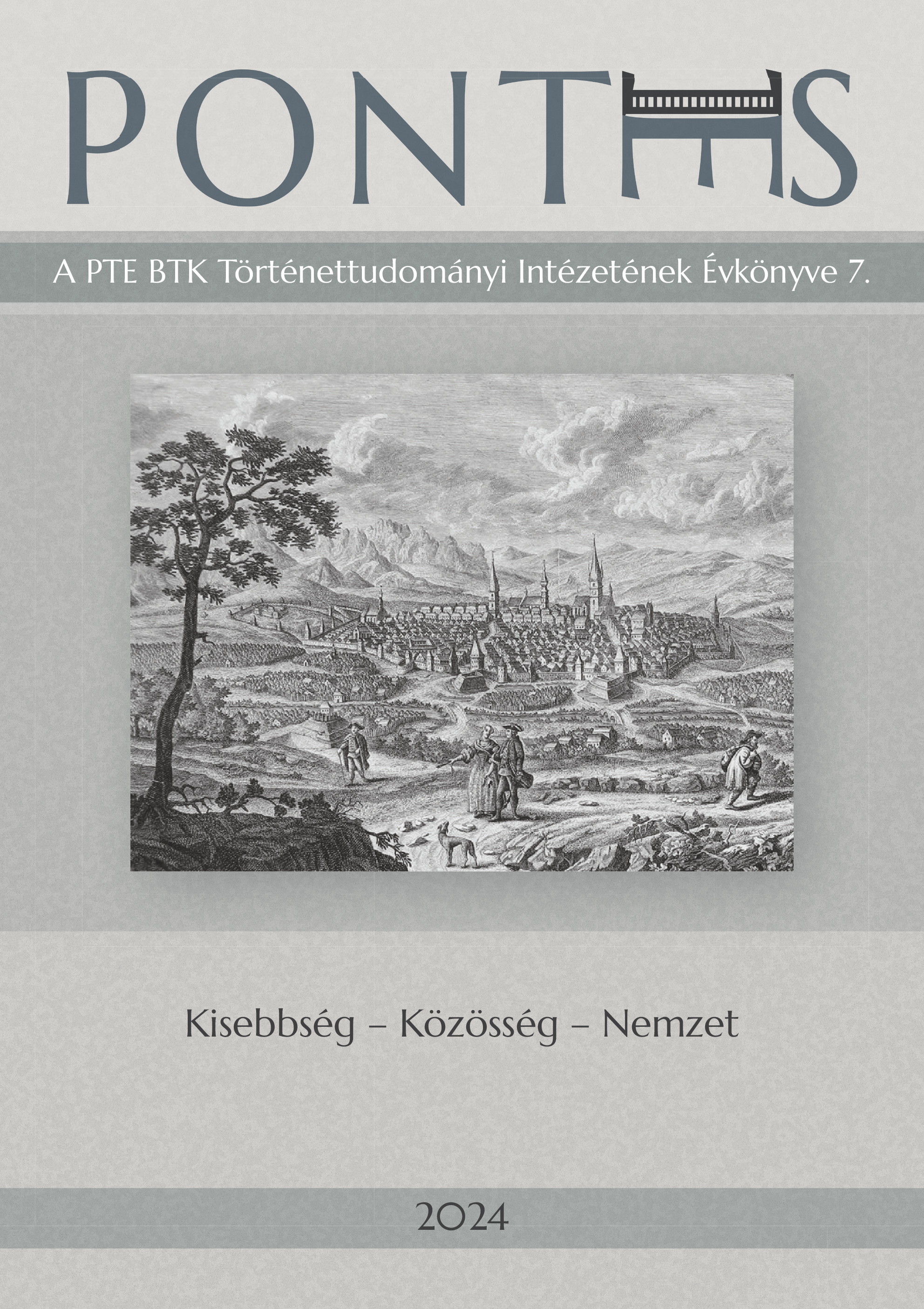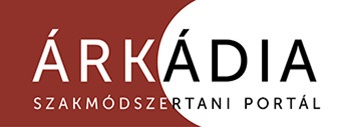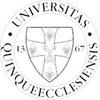Küldetés és cselekvési környezet. A romániai jezsuiták a 20. században
DOI:
https://doi.org/10.15170/PONTES.2018.01.01.07Kulcsszavak:
jezsuita, egyháztörténet, 20. század, RomániaAbsztrakt
Following World War I Romania became a country having the widest and most diverse ethnic, cultural and denominational features in the region. Th e denominational distribution of the peoples living here mostly covered the various ethnic groups, the communities defi ned by their language and religion belonged to diff erent patterns of economic, social and cultural structures. It was in this context where the community of the Jesuits, crossing ethnic and denominational boundaries, was organised. Th eir coming into existence was promoted by geopolitical and missionary considerations of the Holy See and its expectations that the Greek Orthodox Romanians might convert in the long run. Introducing the activities of the (Greek Catholic) Romanian and the (Roman Catholic) Hungarian and Polish members of the order off ers a picture that refl ects almost every problematic aspect of 20th-century Romania and within it, that of the situation of Transylvania. While presenting this story the study highlights the features characterizing the persecution of the Church by the communists in Romania, and related to this, the main features of the strategies, persecution and underground (catacomb) operation of the Jesuits.
Hivatkozások
Acta Romana Societatis Jesu V., VII. (AR)
Catalogus Provinciae Poloniae Minoris Societatis Iesu, ineunte anno 1937. Krakkó, 1937
Catalogus Vice-Provinciae Romaniae Societatis Iesu, ineunte anno 1940. Kolozsvár, 1940.
Catalogus Vice-Provinciae Romaniae Societatis Iesu, anni 1947.
Buletinul Oficial – http://www.monitoruljuridic.ro/
Monitorul Oficial – http://www.monitoruljuridic.ro/
Synopsis historiae Societatis Jesu, Louvain, 1950.
Felhasznált irodalom
Bozgan 2003 = Bozgan, Ovidiu: Rezistenţă, represiune, destindere iluzorie: Biserica romano-catolică în România comunistă. Dosarele istoriei VIII/9. (2003). 39–52.
Brandt 2002 = Brandt, Julianne: Konfessionelle und nationale Identität in Ungarn. In: Maner, Hans-Christian – Wessel, Martin Schultze (Hrsg.): Religion im Nationalstaat zwischen den Weltkriegen, 1918–1939. Stuttgart, 2002. 32–42. (Forschungen zur Geschichte und Kultur des Östlichen Mitteleuropa Band 16.)
Csendes 2014 = Csendes László: Párbeszéd a börtönben. Gheorge Gheorgiu-Dej második kormányának viszonyulása a Római Katolikus Egyházhoz. In: Nagy Mihály Zoltán – Zombori István (szerk.): Állam és Egyház kapcsolata Kelet-Közép-Európában 1945 és 1989 között. Intézmények és módszerek. Budapest, 2014. 43–77.
Dubovský 1998 = Ján Dubovský: Akcia kláštory. Komunistický režin na Slovensku vboji proti mužským reholiam v rokoch 1949–1952. Martin, 1998.
Fejérdy 2010 = Fejérdy András: Provincia Hungariae – az 1909. évi alapítás története. In: Molnár Antal – Szilágyi Csaba (szerk.): Múlt és jövő. A magyar jezsuiták
száz éve (1909–2009), és ami abból következik. Budapest, 2010. 13–22.
Godó 2015 = Godó Mihály SJ: Testamentum. Budapest, 2015.
Janos 2003 = Janos, Andrew C.: Haladás, hanyatlás, hegemónia Kelet-Közép-Európában. Budapest, 2003.
Leustan 2007 = Leustean, N. Lucian: Ortodoxia és állam. A kommunizmus építése a Román Népköztársaságban (1948–1949). Pro Minoritate 2007/ Ősz-Tél, 88–117.
Maner 2007 = Maner, Hans-Christian: Die griechisch-katholische Kirche in Siebenbürger/Rumänien 1918–1939. Zwischen nationalem Anspruch und interkonfessioneller Wirklichkeit. In: Maner, Hans-Christian – Spannenberger, Norbert (Hrsg.): Konfessionelle Identität und Nationsbildung. Die griechisch-katholischen Kirchen in Ostmittel- und Südosteuropa im 19. und 20. Jahrhundert. Stuttgart, 2007. 177–187. (Forschungen zur Geschichte und Kultur des Östlichen Mitteleuropa Band 25.)
Nagy 2014 = Nagy Mihály Zoltán: Márton Áron püspök szabadon bocsátása 1955-ben. Kísérlet a romániai katolikus egyházrész helyzetének rendezésére? In: Nagy Mihály Zoltán – Zombori István (szerk.): Állam és Egyház kapcsolata Kelet-Közép-Európában 1945 és 1989 között. Intézmények és módszerek. Budapest, 2014. 139–144.
Netzhammer 1995–1996 = Netzhammer, Raymund: Bischof in Rumänien. Im Spannungsfeld zwischen Staat und Vatikan. Bd. I–II. Hg. von Nikolaus Netzhammer
in Verbindung mit Krista Zach, München, 1995–1996. (Veröffentlichungen des Südostdeutschen Kulturwerks, Reihe B: Wissenschaftliche Arbeiten 70–71.)
Salacz 1975 = Salacz Gábor: A magyar katolikus egyház a szomszédos államok uralma alatt. München, 1975.
Schumpeter 1947 = Schumpeter, Joseph: Capitalism, Socializm and Democracy. New York, 1947.
Tempfli 2002 = Tempfli Imre: Sárból és napsugárból. Pakocs Károly püspöki helynök élete és kora 1892–1966. Budapest, 2002.
Vasile 2003 = Vasile, Cristian: Între Vatican și Kremlin. Biserica Greco-Catolică în timpul regimului comunist. București, 2003.

Downloads
Megjelent
Folyóirat szám
Rovat
License
Copyright (c) 2018 PONTES

This work is licensed under a Creative Commons Attribution-NonCommercial-NoDerivatives 4.0 International License.














